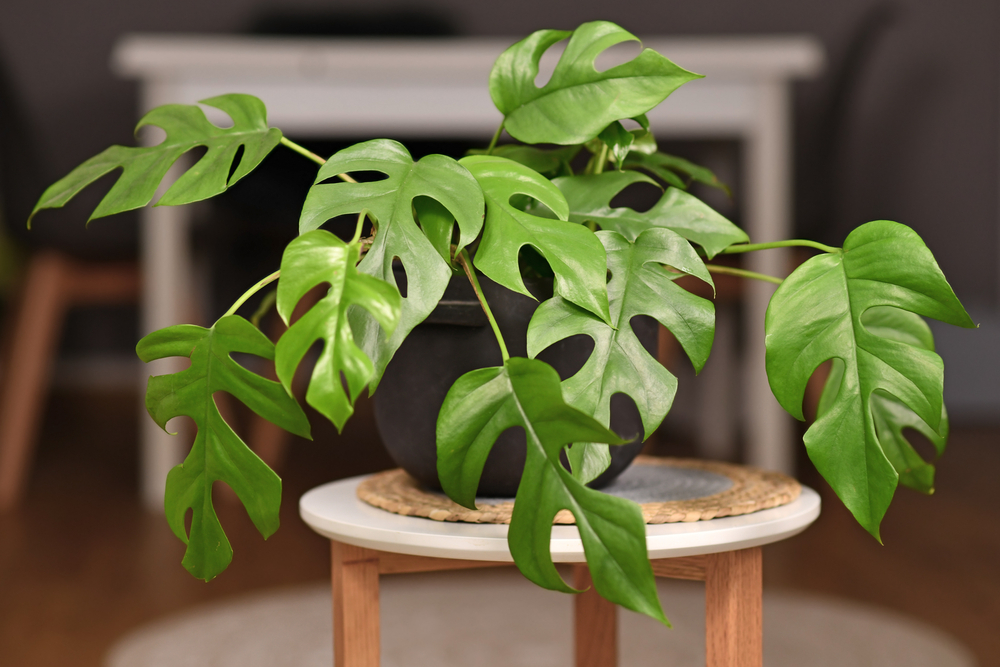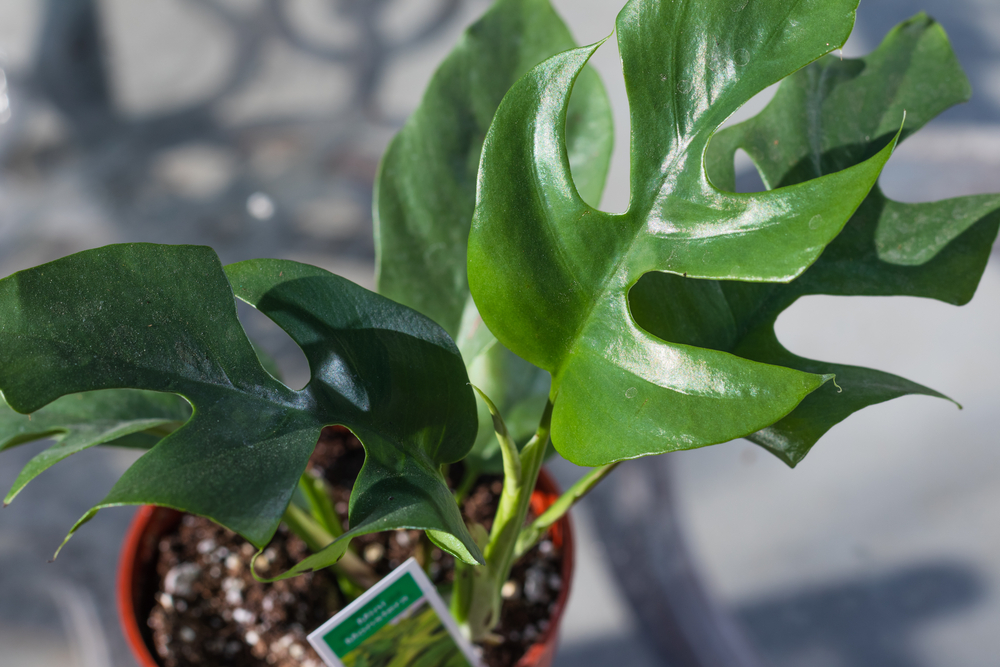New growers might shiver at the prospect of propagating their own plants, but it’s really not that difficult. Plant propagation simply means creating new plants from existing ones, and there are several ways to do this. While it’s true it’s a delicate process, it’s fairly easy to learn and you can propagate tetrasperma.
Let’s take, for instance, Tetrasperma plants. Characterized by their lush, green leaves shaped like arrows, these tropical plants make for a beautiful addition to any home. Aside from its gorgeous foliage, the Tetrasperma is also known for its easy care and maintenance – and this includes propagation.
If you’re interested in propagating your own Tetrasperma plant, here are a few tips to get you started.
Tetrasperma: Brief Plant Description and Characteristics
Before we talk about propagation, let’s first discuss what a Tetrasperma is. The Tetrasperma is native to Asia and is a member of the Araceae family. An evergreen shrub that can grow up to 6-8 feet tall, its leaves are dark green and glossy, with a bit of leathery surface or texture.
Tetrasperma Propagation
Considering they have a growth habit that is both climbing and sprawling, the Tetrasperma is best propagated through stem cuttings. One of the best things about these plants is that even beginners can successfully do this.
When to Propagate
The best time to propagate Tetrasperma is in the spring or summer, when the plant is actively growing. However, you can also propagate in the fall if you take care to protect the young plants from frost.
How to Propagate Tetrasperma
There are two ways to can propagate Tetrasperma: through cuttings or division.
Propagating Tetrasperma from Cuttings
Measuring approximately 1-2 inches in length, take a cutting or two from a healthy stem. You can either use a sharp knife or gardening shears for this. Ensure that you prepare a pot with moistened potting mix. Take your carefully selected cuttings to our pot.
Ideally, you’d want to have at least 2 nodes buried beneath the soil. Nodes are the small, brownish bumps on the stem where the leaves grow. You can remove the leaves near the nodes if you want, but it’s not necessary. Removing leaves simply allows the plant to focus its energy on root growth.
Once you’ve buried the nodes, water the soil lightly. Place the pot in a location that has bright, indirect light and keep an eye on the soil moisture.
The cuttings should root within 2-4 weeks. Once they have rooted, they can be transplanted into individual pots.
Propagating Tetrasperma from Divisions
This method is recommended if you have an adult Tetrasperma and its leaves are starting to crowd the pot. Gently remove the plant from its pot and inspect the root ball. Using a sharp knife, divide the roots into 2-3 sections.
Replant each section in its own pot using moistened potting mix. Water well and place in a location with bright, indirect light.
Prevent water or soil from getting on the leaves to avoid potential fungal problems.
Tips for a Successful Tetrasperma Propagation
While the process is relatively easy to follow, here are some additional tips to ensure that your propagated Tetrasperma plants will thrive:
Use a Sharp Knife or Saw
Make sure that you use a sharp knife or saw when making divisions or cuttings. Doing so will help to prevent any damage to the plant. Using a sharp tool will also help make clean cuts, promoting faster healing and preventing infection. If you use a knife or saw that is not sharp, it can crush the plant tissue, which will make it more difficult for the plant to heal.
Water When the Top Inch of Potting Mix is Dry
Another essential thing to remember is to water the plant regularly. This is especially vital when propagating in the spring and summer when the plant is actively growing. Make sure that you overwater to prevent the roots from rotting.
Keep in mind that the amount of water that your plant will need will vary depending on the temperature and humidity. In general, it is best to water the plant when the top inch of the potting mix is dry.
Use a General Purpose Fertilizer
To keep your Tetrasperma plant healthy, it is important to fertilize it regularly. You can use a general-purpose fertilizer or one that is specifically formulated for plants in the Araceae family. Doing so will help to ensure that your plant gets the nutrients it needs to grow and thrive, especially when propagating.
Be Patient
Finally, when propagating Tetrasperma, it is best to be patient. Depending on the method that you use, it can take several weeks or even months for the plant to root. This is normal, so do not be discouraged if it takes a while for your plant to take root. Just make sure that you follow the tips above, and eventually, your plant will take root and grow into a healthy specimen.
Final Thoughts
While the entire propagation method is relatively simple, there are a few things to keep in mind if you want your Tetrasperma to thrive. Just remember to use a sharp knife or saw when making divisions or cuttings, water regularly, and fertilize the plant.
Don’t forget, patience goes a long way. Avoid disturbing the soil or plant too much, and eventually, your Tetrasperma will take root.

